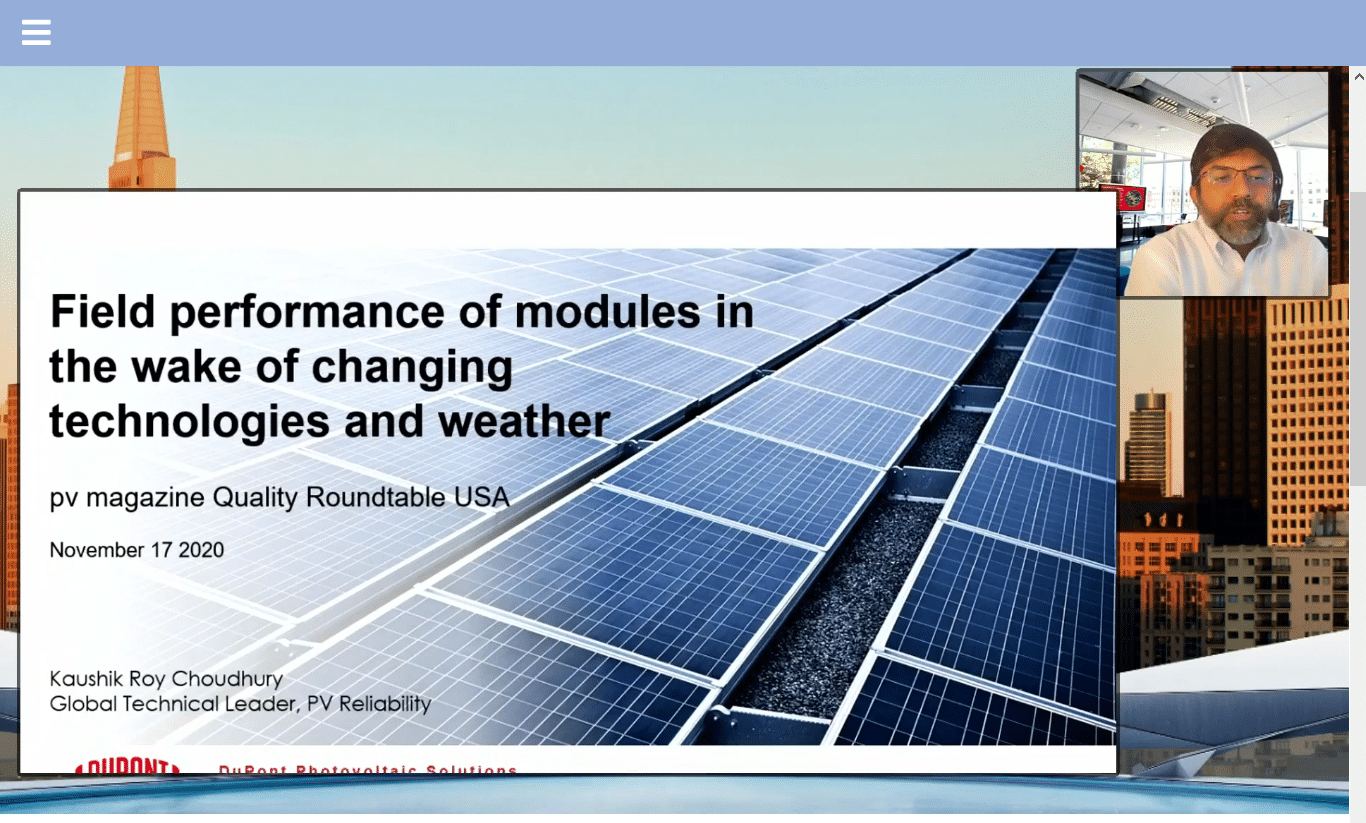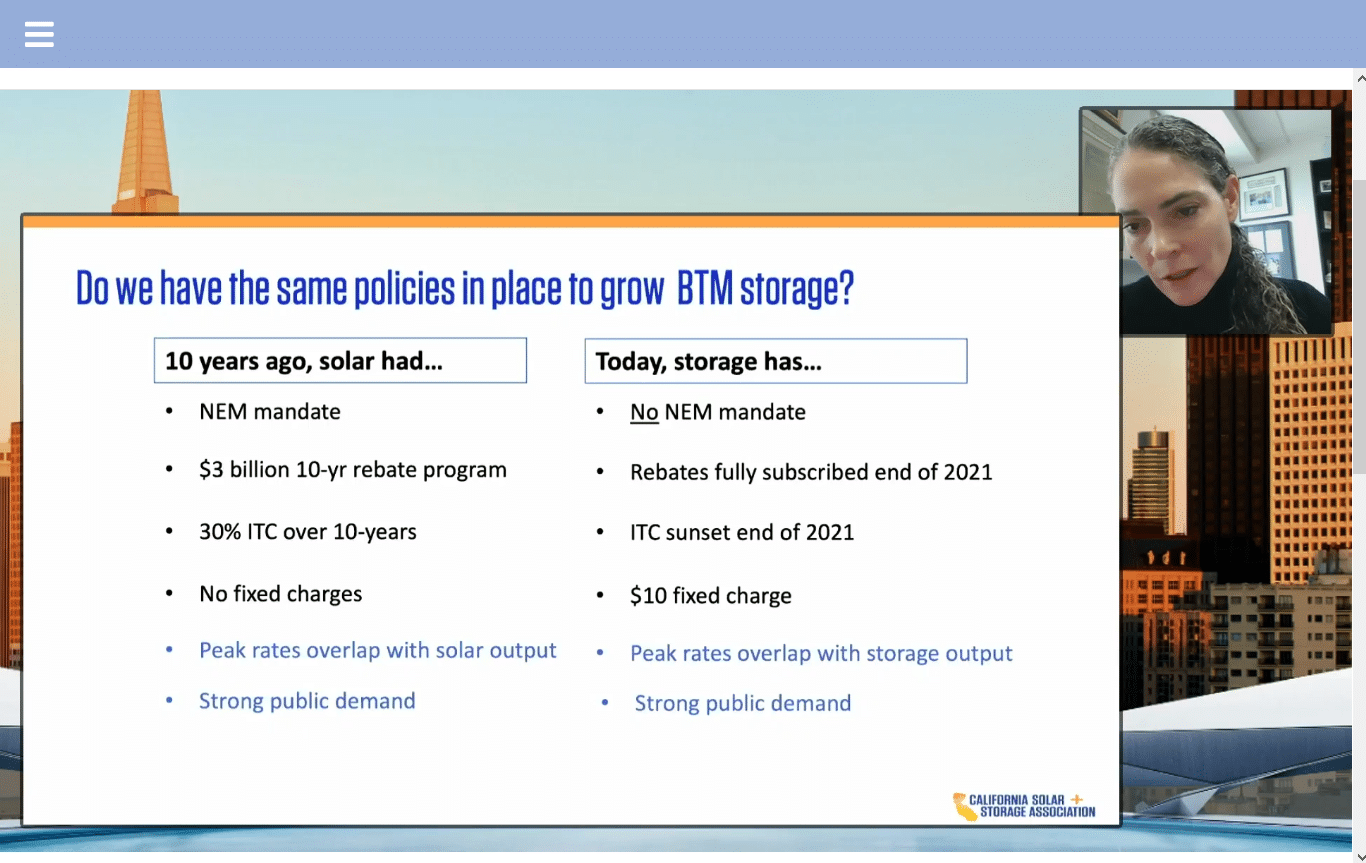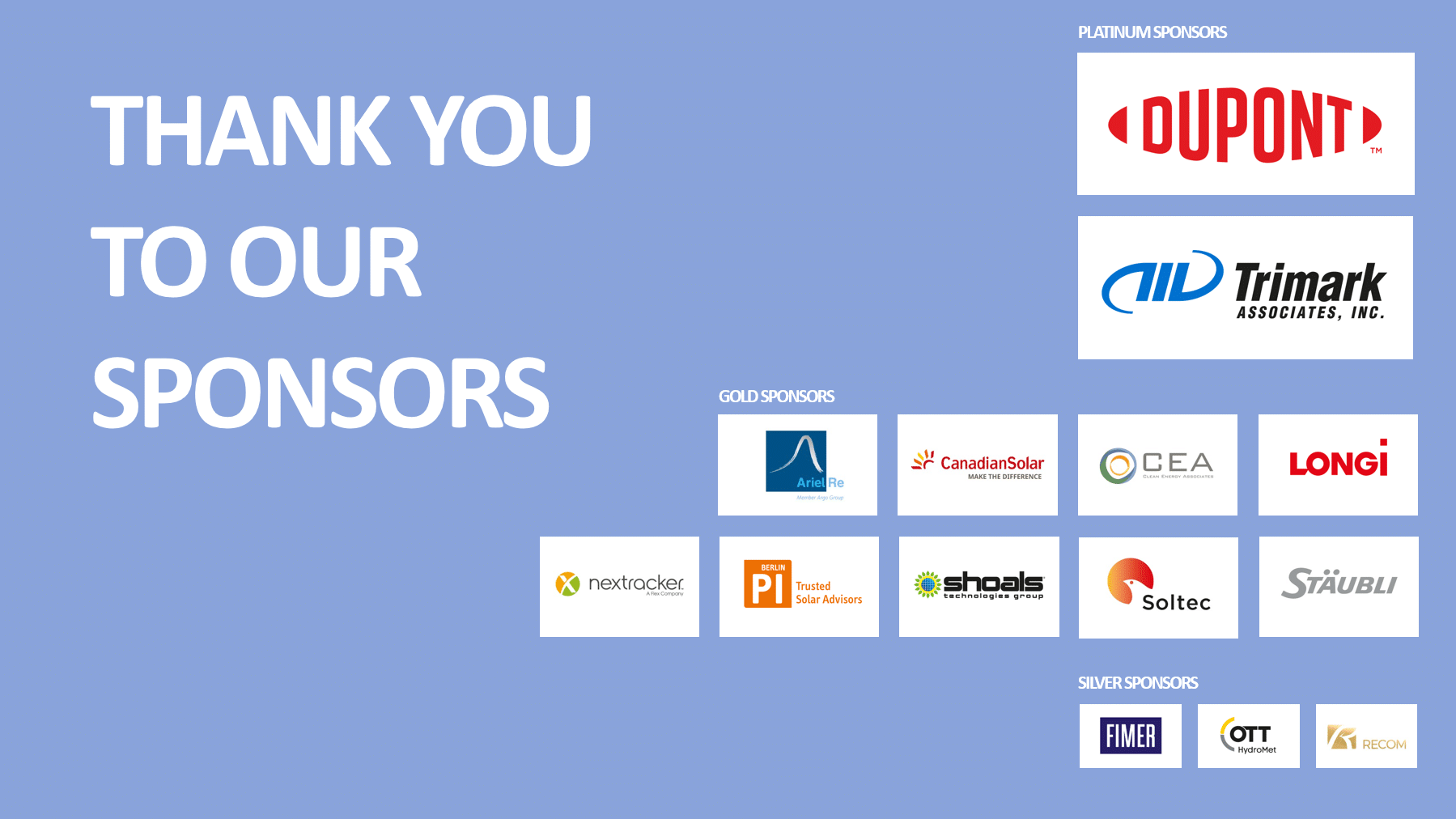2020 has been a year of change, adaptation and innovation in every aspect of life and the solar industry. With the pandemic leading to the cancelation of trade shows for the foreseeable future, our roundables have taken on a different look, while still delivering the same insightful, informative content. The new-look sessions continued yesterday with Virtual Roundtables USA 2020.
Before the day’s first two sessions, which fell under the theme of building PV for resiliency, there was a live discussion on the latest solar innovations and tech trends with Solar Inventions’ Ben Damiani. The discussion focused on innovations at the cell and module level. Damiani shared that he’s of the opinion that, while wafers are getting thinner and larger in surface area, there is a breaking point to this trend and that “simply increasing the wafer size has some serious challenges” specifically in regards to manufacturing and panel durability.
Damiani shared that he is “a little more in favor of technology that improves the ‘guts’ of a cell rather than the added complexity of an ever changing wafer size” and that he eventually believes that “we will likely settle on an ideal size based on form and function.”
Quality Roundtable
Just after the discussion with Damiani wrapped up, Jigar Shah took the main stage to discuss the resiliency displayed by the solar industry and clean energy as a whole in what has been an especially trying year. Always a realist, Shah ended his presentation by sharing that, while solar and storage are proving themselves as increasingly viable and economic generation and resiliency resources, the technologies have not yet been able to convince communities to use it as an off-grid or backup option, with these communities still preferring to backup with gas plants.
From there the focus moved to extreme weather and how climate change is causing more abnormal and destructive weather events than ever before. Kaushik Roy Choudhury of Dupont started off with an overview of weather-related damages to PV systems, based on global field data. The presentation took a specific look at backsheet failures, which are the most commonly defective components in the face of extreme weather.

The conversation later shifted to specific instances of extreme weather, with K Kaufmann leading a discussion on the increased prevalence of and damage caused by hailstorms. Interestingly, this presentation launched into a larger discussion about how to effectively test modules for potential damage caused by hail. While current standards call for test of 1-inch-diameter hail falling at a certain velocity, Kaufmann brought up that extreme cases of hail falling at much larger sizes and increased velocity are becoming more common, with a specific instance on North Carolina, which obviously creates a huge problem in predicting failure.
Advanced Technologies Roundtable
On the technology side of things, discussion shifted to two emerging phenomenon in the clean energy industry: the increasing prevalence of battery storage, especially when paired with solar and the increasing size of solar modules and wafers in pursuit of higher per-panel power outputs.
While the storage market has shown resilience in the face of the pandemic, with small-scale being hit harder than large, utility-scale projects, the industry could be coming to a crossroads. While Bernadette Del Chiaro, executive director of the California Solar & Storage Association did present a graph showing the nearly identical capacity adoptions of solar from 2003-2009 and storage from 2013-2019, that trend could be facing hardships in the near future.
Del Chiaro outlined that the policies that allowed solar to flourish simply aren’t there for storage, or are soon expiring. Additionally, behind-the-meter distributed energy resources have seemingly had their value overlooked utilities and regulators. While large-scale solar and storage adoption isn’t bad by any means, high penetrations of centralized renewables can add strain to the grid that distributed solar + storage do not. This, coupled with distributed storage being the aspect of the market that has been hardest hit by the pandemic, is troubling, as it considerably stifles the full effectivity that renewables can bring to the grid.

To end the day, the focus shifted one last time to the apparent arms race for manufacturing large panels that the solar industry is currently witnessing. The panel was pretty uniform in agreement on the benefits of larger modules and wafers, chiefly greater power output per panel, lower levelized cost of energy and a reduction in the number of necessary components to a project, but shared that no innovation comes without potential drawbacks.
Here, the drawbacks come from less ease of installation, which can lead to slower install times and a higher cost of installation, as well as strain on manufacturers and questionable durability in the face of extreme weather.
If you were unable to join us for Virtual Roundtables USA 2020 or would like to go back and watch some of the presentations, we’ve got you covered. Replays of the entire day will be available soon through the event app, and will be uploaded to our YouTube channel.
This content is protected by copyright and may not be reused. If you want to cooperate with us and would like to reuse some of our content, please contact: editors@pv-magazine.com.










By submitting this form you agree to pv magazine using your data for the purposes of publishing your comment.
Your personal data will only be disclosed or otherwise transmitted to third parties for the purposes of spam filtering or if this is necessary for technical maintenance of the website. Any other transfer to third parties will not take place unless this is justified on the basis of applicable data protection regulations or if pv magazine is legally obliged to do so.
You may revoke this consent at any time with effect for the future, in which case your personal data will be deleted immediately. Otherwise, your data will be deleted if pv magazine has processed your request or the purpose of data storage is fulfilled.
Further information on data privacy can be found in our Data Protection Policy.